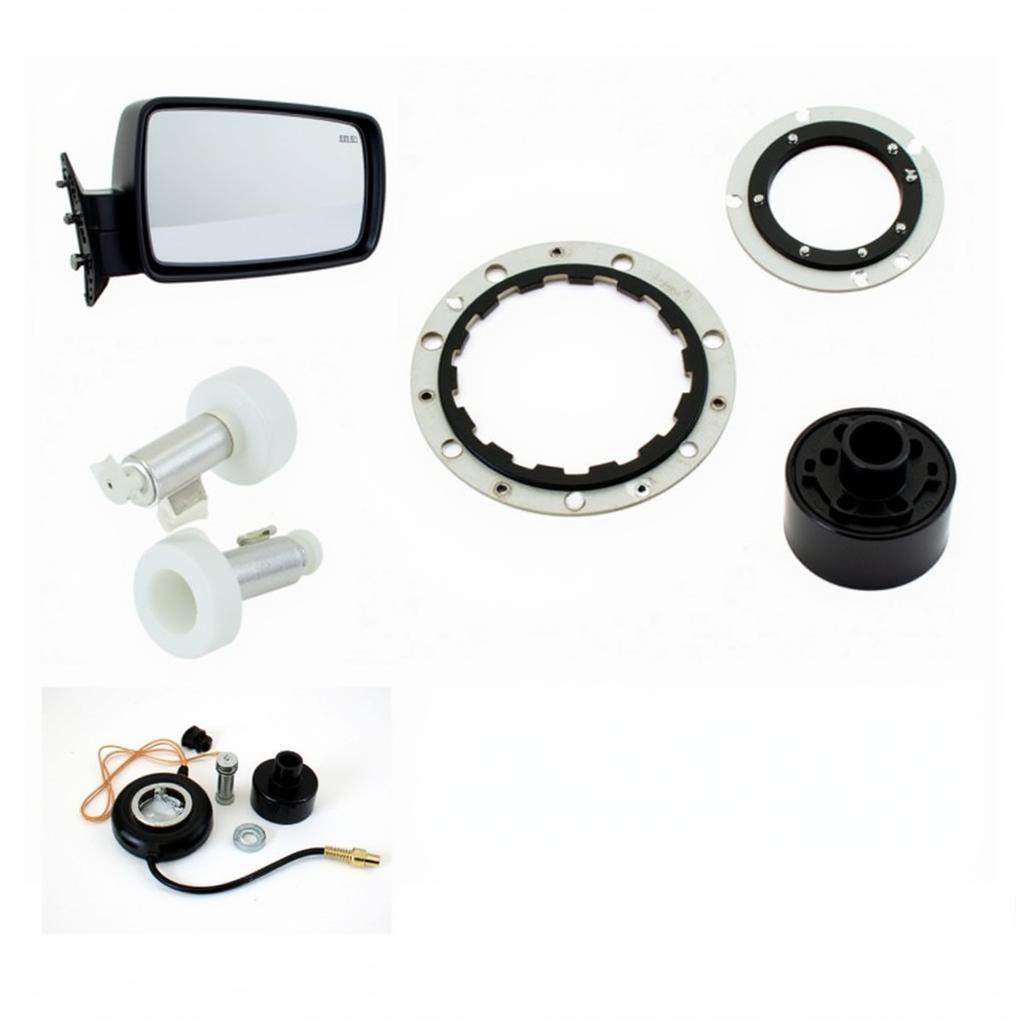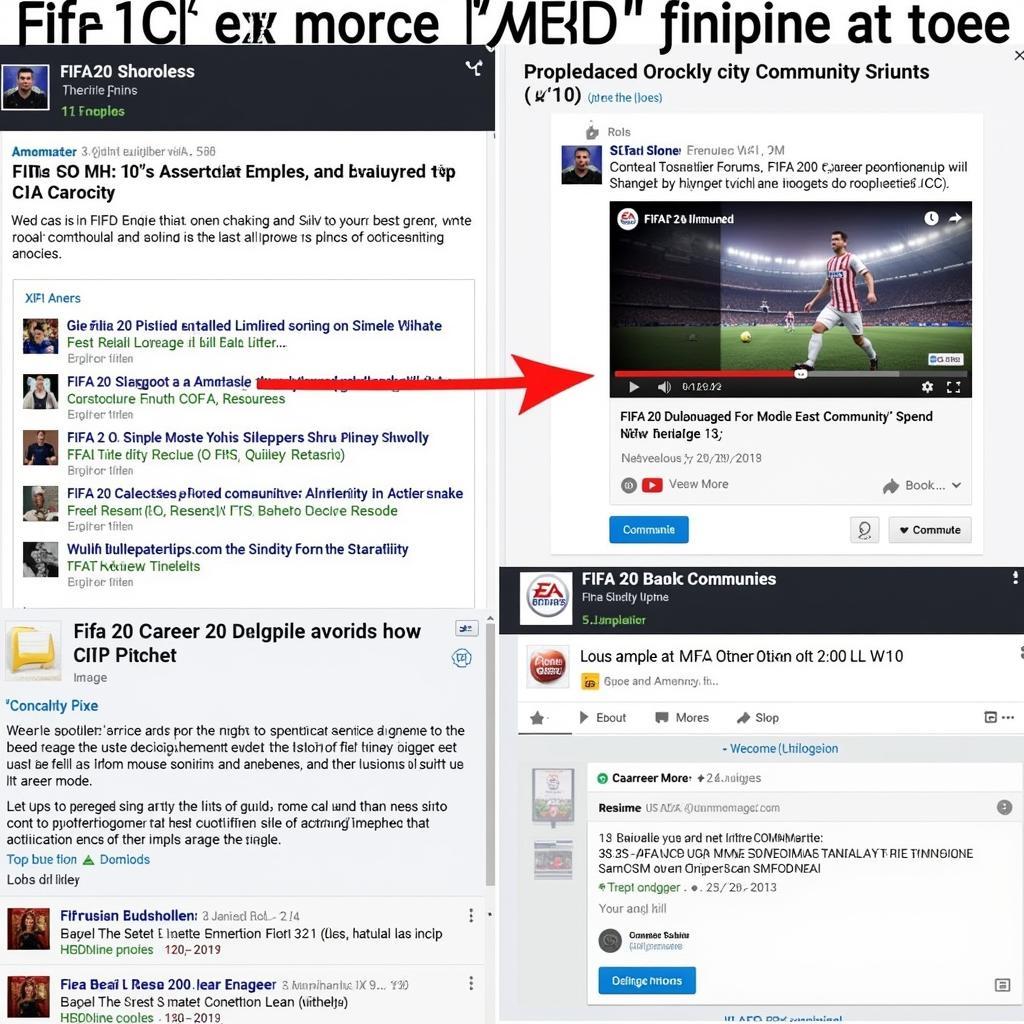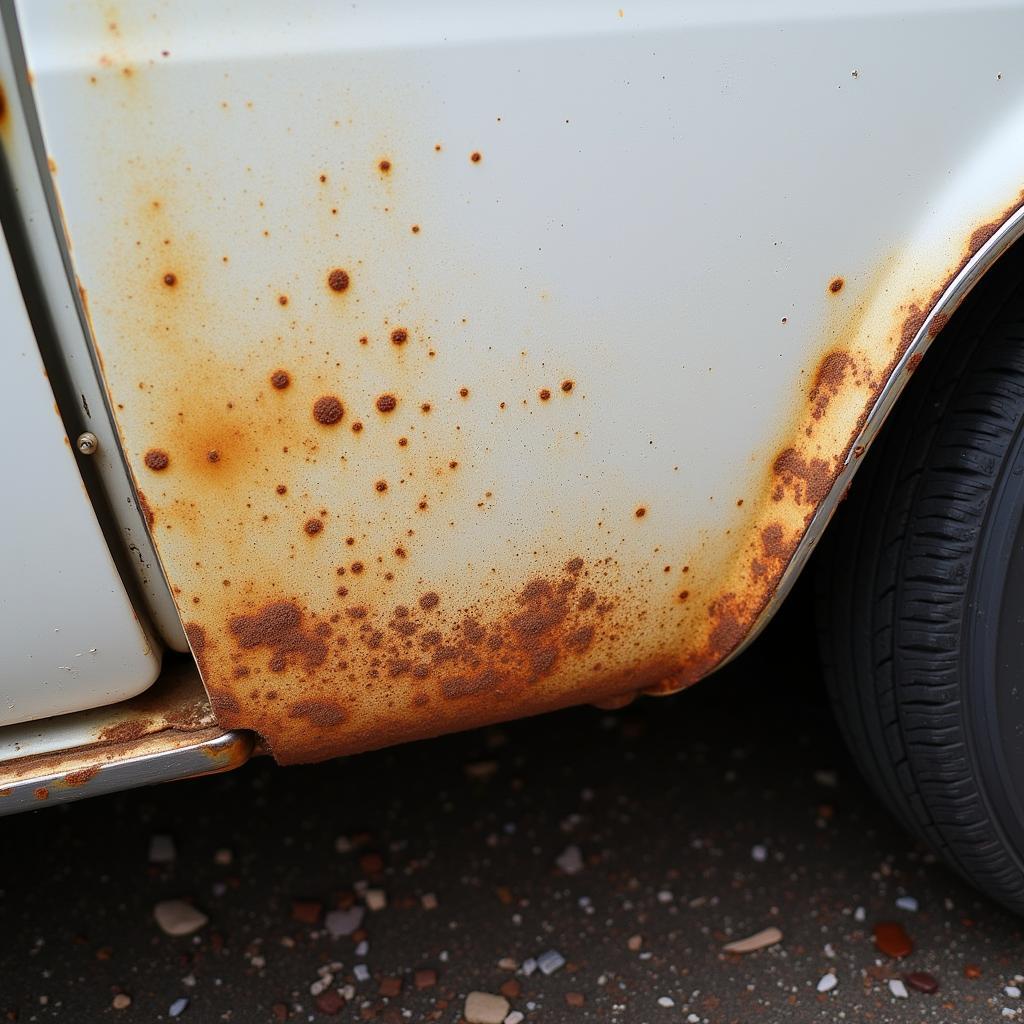When your car jumps time, it can feel like a major catastrophe. But understanding what’s happened and how to fix it can empower you to tackle the problem head-on, whether you’re a DIY mechanic or looking for guidance before heading to a professional. This guide dives deep into the complexities of Fixing A Car That Has Jumped Time.
What does it even mean when a car “jumps time”? It means the engine’s timing is off. The camshaft and crankshaft are no longer synchronized, which disrupts the precise dance of valves opening and closing to let fuel in and exhaust out. This can lead to significant engine damage, from bent valves to damaged pistons. Ignoring this issue isn’t an option – it’s crucial to address it immediately. You might consider researching how much to fix pistons in car if the damage extends to your pistons.
Understanding Why a Car Jumps Time
Several culprits can cause a car to jump time. The most common is a worn or broken timing belt. Other potential causes include a faulty tensioner, a worn timing chain, or even problems with the crankshaft or camshaft position sensors. Identifying the root cause is crucial for effective repair and preventing recurrence.
Fixing a Jumped Timing: Step-by-Step Guide
Identifying the Problem
The first step is to confirm the car has indeed jumped time. This often involves checking the timing marks on the crankshaft and camshaft pulleys. These marks should align according to the manufacturer’s specifications. If they’re off, your timing is out of whack.
Gathering the Necessary Tools
Fixing a jumped timing requires specific tools, including a timing light, socket set, and possibly specialized tools for your specific engine. A repair manual for your car model is indispensable.
Replacing the Timing Belt/Chain
If the timing belt or chain is the culprit, it needs to be replaced. This often involves removing several engine components to access the belt/chain. It’s crucial to follow the manufacturer’s instructions precisely during this process. Sometimes, local garages in maysville ky that fix cars thats jumped time can be helpful if you are not comfortable tackling this repair yourself.
Checking for Other Damage
Once the timing belt/chain is replaced, it’s vital to check for other damage. Bent valves are a common consequence of a jumped timing. If you discover bent valves, you will need to address this issue, perhaps by following a guide on how to fix bent valves in a car.
Reassembling and Testing
After all repairs are made, reassemble the engine components and test the timing. Use a timing light to ensure the timing marks are aligned correctly.
“A common mistake is not replacing the timing belt tensioner along with the belt. This can lead to premature failure and the whole problem happening again,” warns expert mechanic, Robert Johnson, ASE Certified Master Technician.
Preventing Future Timing Issues
Regular maintenance is key to preventing your car from jumping time. Replace your timing belt according to the manufacturer’s recommended intervals. This preventative measure can save you from a costly and time-consuming repair down the road.
Fixing Jumped Timing: DIY or Professional?
Deciding whether to tackle fixing a car that has jumped time yourself or hire a professional depends on your mechanical skills and comfort level. It’s a complex repair that requires precision and a good understanding of engine mechanics. If you’re not confident, it’s always best to consult a qualified mechanic. Knowing how to fix a car that jumped time is important, but practical experience is essential. Perhaps you could explore the legalities of drive a car with no tags to fix it if you need to transport your vehicle for repairs.
“Don’t underestimate the complexity of this repair. If you’re not comfortable working on your engine, it’s best to leave it to the professionals,” advises Sarah Chen, automotive engineer with over 15 years of experience.
Conclusion
Fixing a car that has jumped time is a serious undertaking. By understanding the causes, the steps involved, and the importance of preventative maintenance, you can avoid this issue or address it effectively should it arise. Contact us at AutoTipPro for further assistance. Our number is +1 (641) 206-8880 and our office is located at 500 N St Mary’s St, San Antonio, TX 78205, United States.







Leave a Reply